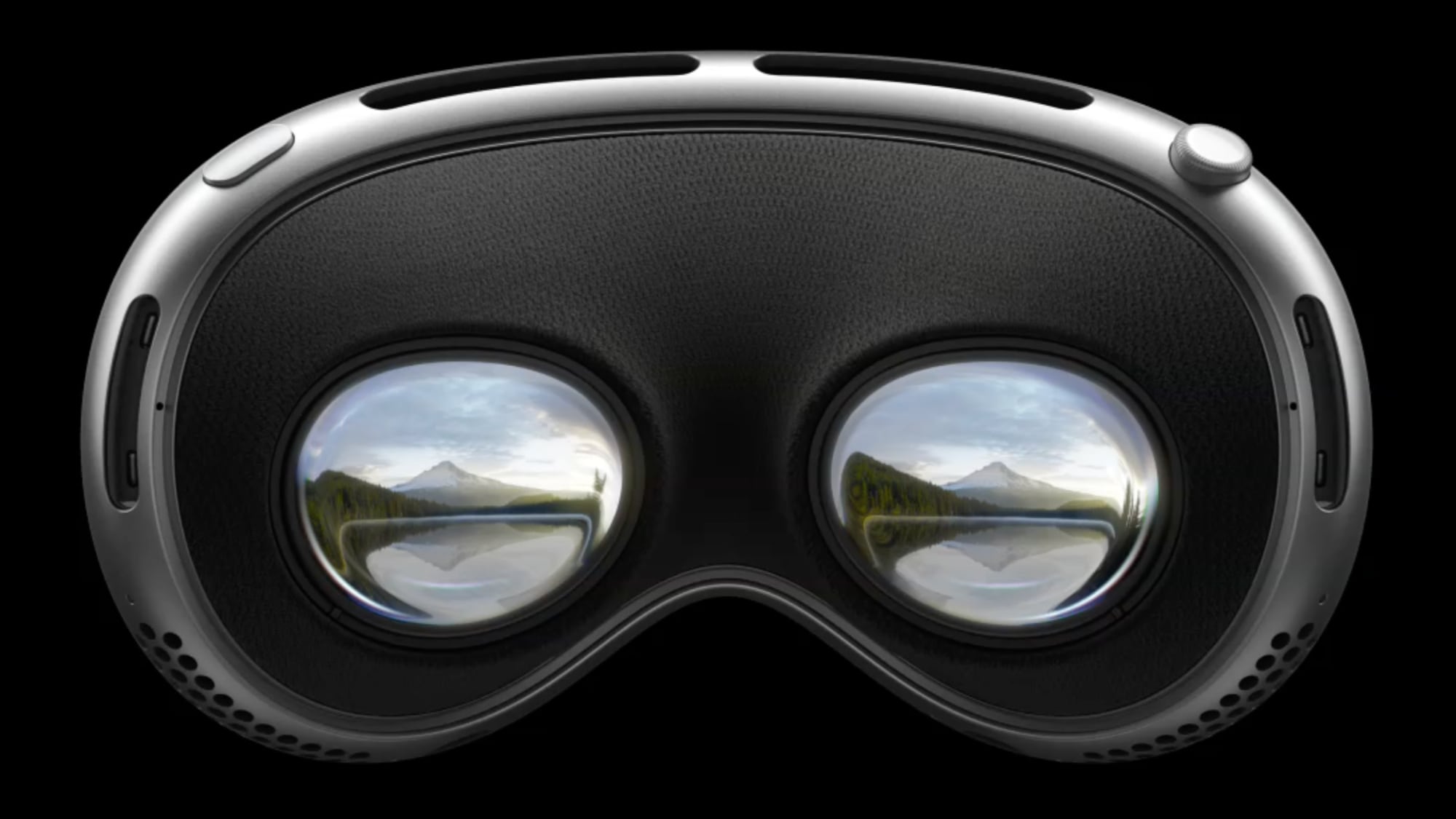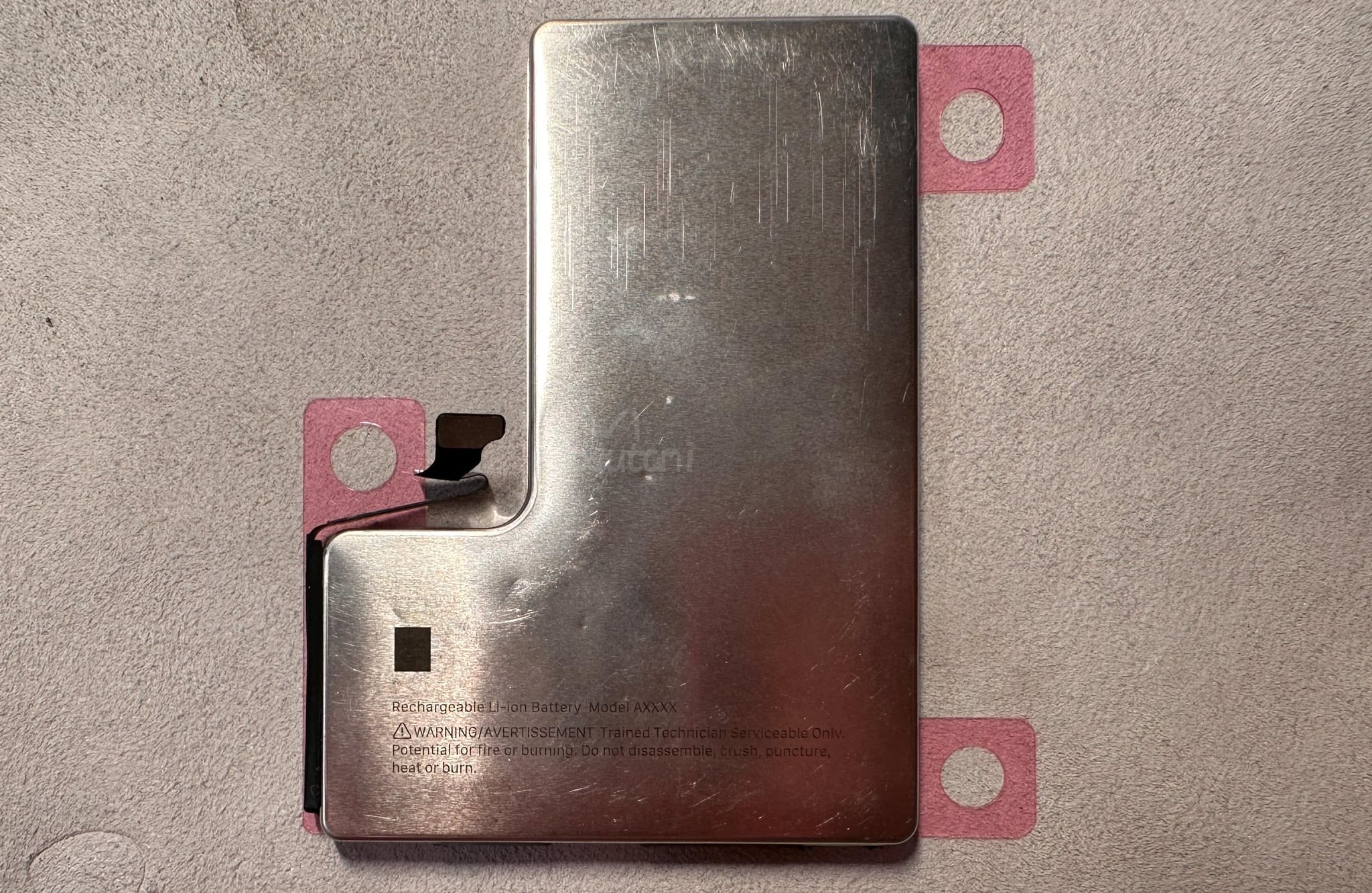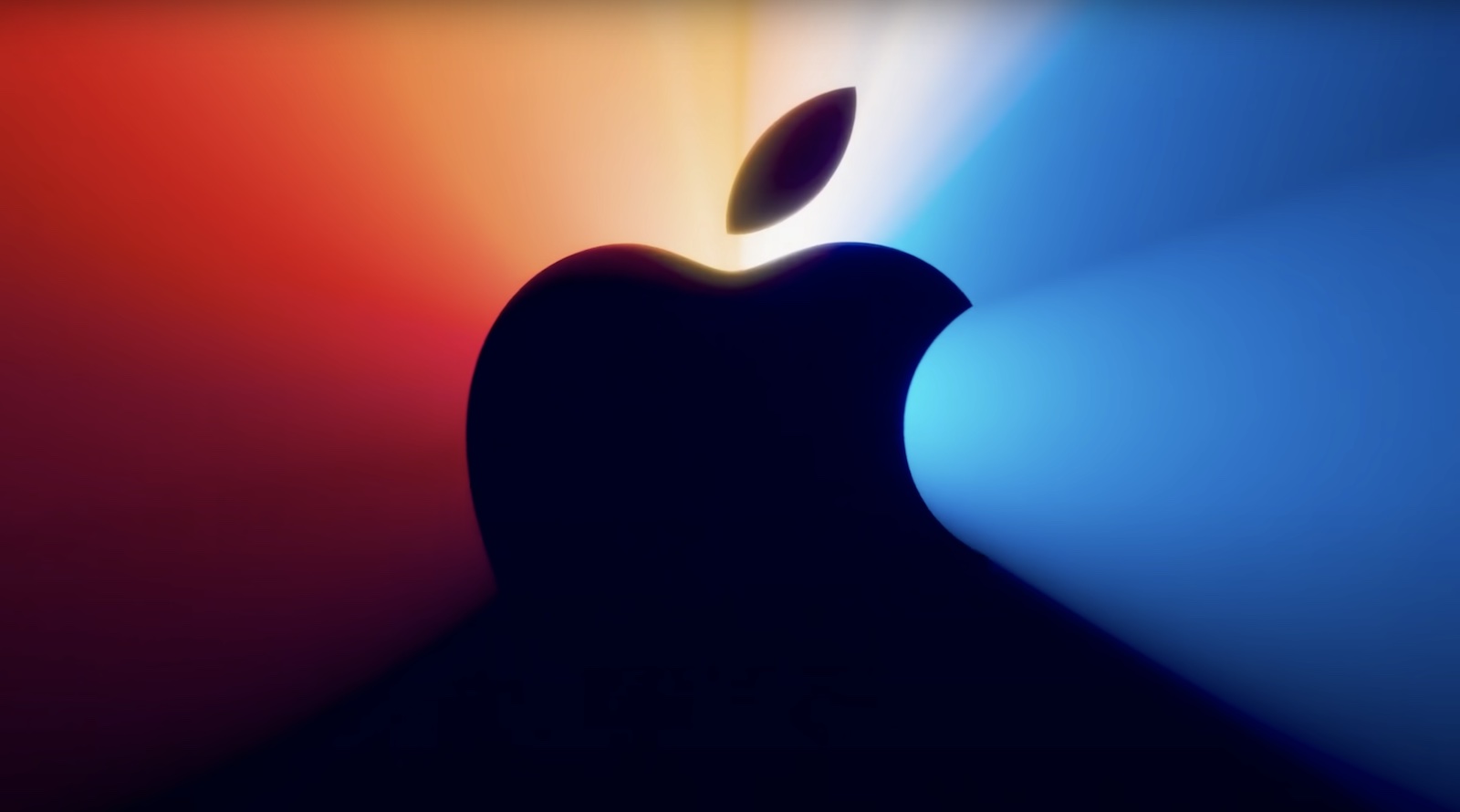Microsoft is dropping support for Windows 10: How to download and install Windows 11
Microsoft recently announced that it will stop supporting Windows 10 OS completely after October 14, 2024. Until then, the company will provide monthly security updates and that too will be available only to users who have updated their OS to the latest version of Windows 10 which is version 22H2.
As Microsoft will end support for Windows 10 soon, it has advised all users to upgrade to Windows 11 as soon as possible.
So, if you planning to upgrade to Windows 11, your system must meet certain minimum requirements which we have listed for you here.
Minimum system requirements for downloading Windows 11
Processors/CPUs: A clock speed of 1GHz or more and the number of cores should be two or more.
RAM: Minimum of 4GB of RAM.
Storage: Minimum storage of 64GB.
System Firmware: The device must be UEFI (for Unified Extensible Firmware Interface, a modern version of the PC BIOS) and Secure Boot capable.
Trusted Platform Module: Your device should have version 2.0 of the Trusted Platform Module.
Graphics Card: The device graphics card should be compatible with DirectX 12 or later with WDDM 2.0 driver.
Display: An HD (720p) display that is greater than nine inches diagonally and should have eight bits per colour channel.
Windows Version for Upgrade: You must be running Windows 10, version 2004 or later, to upgrade through Windows Update. Free updates are available through Windows Update, which can be found in Settings under Update and Security.
In addition to all this, a Windows 10 license and 9GB of free disk space are a must.
You can check whether your PC is compatible with Windows 11 automatically by clicking here.
There are three ways through which anybody can upgrade to Windows 11 after confirming the minimum requirements. Here is a step-by-step guide to doing it.
How to download and instal Windows 11
Through Windows 11 Installation Assistant
This is the best option to download Windows 11 on the device that you are using. To install Windows 11 through this method, follow the following steps.
Step 1: Download Windows 11 Installation Assistant from here.
Step 2: Open the downloaded file and click on Yes when prompted.
Step 3: Once the tool confirms the device hardware is compatible, you will be presented with the license terms. Select Accept and Install from the prompt.
Step 4: When prompted, click the Restart Now button to complete the installation.
Step 5: Windows 11 installation will take some time and your PC will restart a few times. Make sure you don’t turn off your PC.
Through Windows 11 Installation Media
This option can be used if you want to download the media creation tool to make a bootable USB or DVD for installing Windows 11. The minimum requirement is a blank USB or disk of 8GB.
Step 1: Download the media creation tool from here.
Step 2: Run the media creation tool and click on Yes when prompted.
Step 3: Click Accept to the license terms prompt.
Step 4: On the What do you want to do? screen, select Create installation media for another PC, and then click on Next.
Step 5: Select the language, edition, and architecture (64-bit) for Windows 11.
Step 6: Select the media you want to use- USB or DVD. Save an ISO file to your PC if you want to use a DVD. This can be used to create a bootable DVD.
Step 7: After creating a bootable USB or DVD, attach the USB flash drive or insert the DVD on the PC where you want to install Windows 11.
Step 8: After connecting the bootable device, restart your PC. If your PC does not automatically boot to the USB or DVD, you might have to open a boot menu or change the boot order in your PC’s BIOS or UEFI settings.
Step 9: On the Install Windows screen, select your language, time, and keyboard preferences, and then select Next.
Step 10: Select Install Windows.
The post Microsoft is dropping support for Windows 10: How to download and install Windows 11 appeared first on Techlusive.

Microsoft recently announced that it will stop supporting Windows 10 OS completely after October 14, 2024. Until then, the company will provide monthly security updates and that too will be available only to users who have updated their OS to the latest version of Windows 10 which is version 22H2.
As Microsoft will end support for Windows 10 soon, it has advised all users to upgrade to Windows 11 as soon as possible.
So, if you planning to upgrade to Windows 11, your system must meet certain minimum requirements which we have listed for you here.
Minimum system requirements for downloading Windows 11
Processors/CPUs: A clock speed of 1GHz or more and the number of cores should be two or more.
RAM: Minimum of 4GB of RAM.
Storage: Minimum storage of 64GB.
System Firmware: The device must be UEFI (for Unified Extensible Firmware Interface, a modern version of the PC BIOS) and Secure Boot capable.
Trusted Platform Module: Your device should have version 2.0 of the Trusted Platform Module.
Graphics Card: The device graphics card should be compatible with DirectX 12 or later with WDDM 2.0 driver.
Display: An HD (720p) display that is greater than nine inches diagonally and should have eight bits per colour channel.
Windows Version for Upgrade: You must be running Windows 10, version 2004 or later, to upgrade through Windows Update. Free updates are available through Windows Update, which can be found in Settings under Update and Security.
In addition to all this, a Windows 10 license and 9GB of free disk space are a must.
You can check whether your PC is compatible with Windows 11 automatically by clicking here.
There are three ways through which anybody can upgrade to Windows 11 after confirming the minimum requirements. Here is a step-by-step guide to doing it.
How to download and instal Windows 11
Through Windows 11 Installation Assistant
This is the best option to download Windows 11 on the device that you are using. To install Windows 11 through this method, follow the following steps.
Step 1: Download Windows 11 Installation Assistant from here.
Step 2: Open the downloaded file and click on Yes when prompted.
Step 3: Once the tool confirms the device hardware is compatible, you will be presented with the license terms. Select Accept and Install from the prompt.
Step 4: When prompted, click the Restart Now button to complete the installation.
Step 5: Windows 11 installation will take some time and your PC will restart a few times. Make sure you don’t turn off your PC.
Through Windows 11 Installation Media
This option can be used if you want to download the media creation tool to make a bootable USB or DVD for installing Windows 11. The minimum requirement is a blank USB or disk of 8GB.
Step 1: Download the media creation tool from here.
Step 2: Run the media creation tool and click on Yes when prompted.
Step 3: Click Accept to the license terms prompt.
Step 4: On the What do you want to do? screen, select Create installation media for another PC, and then click on Next.
Step 5: Select the language, edition, and architecture (64-bit) for Windows 11.
Step 6: Select the media you want to use- USB or DVD. Save an ISO file to your PC if you want to use a DVD. This can be used to create a bootable DVD.
Step 7: After creating a bootable USB or DVD, attach the USB flash drive or insert the DVD on the PC where you want to install Windows 11.
Step 8: After connecting the bootable device, restart your PC. If your PC does not automatically boot to the USB or DVD, you might have to open a boot menu or change the boot order in your PC’s BIOS or UEFI settings.
Step 9: On the Install Windows screen, select your language, time, and keyboard preferences, and then select Next.
Step 10: Select Install Windows.
The post Microsoft is dropping support for Windows 10: How to download and install Windows 11 appeared first on Techlusive.




